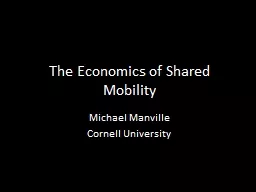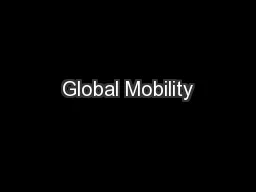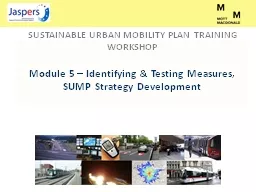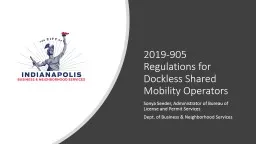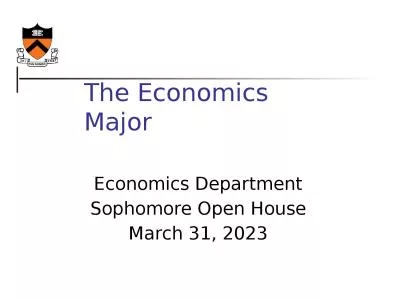PPT-The Economics of Shared Mobility
Author : min-jolicoeur | Published Date : 2017-01-15
Michael Manville Cornell University The Basic Problem How to get a ride from someone else A problem of information Coordination will rider and driver be in same
Presentation Embed Code
Download Presentation
Download Presentation The PPT/PDF document "The Economics of Shared Mobility" is the property of its rightful owner. Permission is granted to download and print the materials on this website for personal, non-commercial use only, and to display it on your personal computer provided you do not modify the materials and that you retain all copyright notices contained in the materials. By downloading content from our website, you accept the terms of this agreement.
The Economics of Shared Mobility: Transcript
Download Rules Of Document
"The Economics of Shared Mobility"The content belongs to its owner. You may download and print it for personal use, without modification, and keep all copyright notices. By downloading, you agree to these terms.
Related Documents

